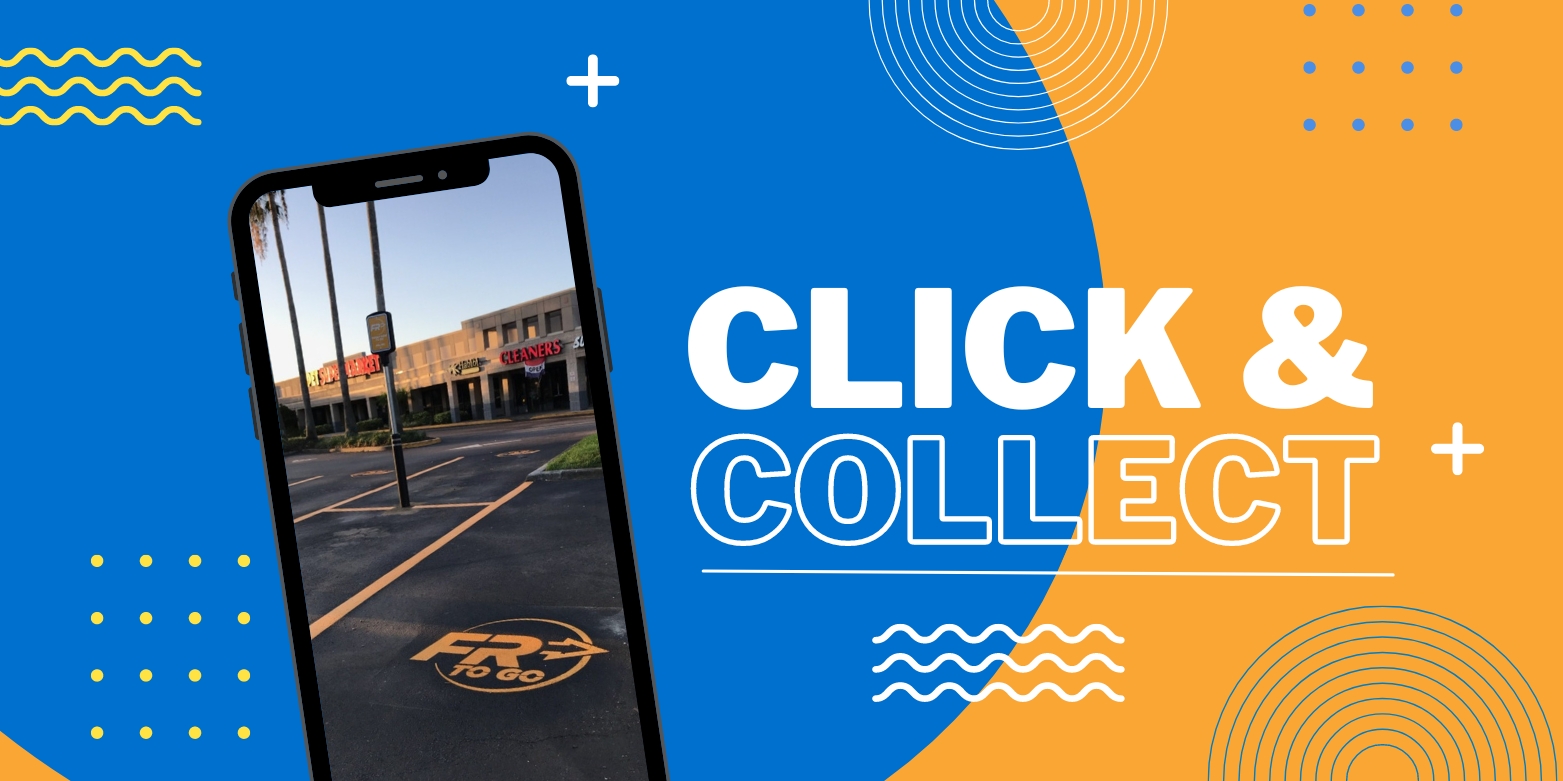The email jumped out at me, evoking a groan of frustration: “Potluck on Thursday. Bring a dish to share!” The problem? It was Sunday night. I’d already done my weekly shopping. We were wrapping up a busy weekend and preparing for an even more packed week. I was not driving thirty minutes back to the store to get potluck food and had no open times in my schedule for it even if I was so inclined.
Have you been there? Do you feel my pain? Working parents, employed students, busy professionals – c’mon, I know you’ve been there. Whether it’s last minute company coming to visit, potluck at the office or your kids’ school needing donations – we’ve all had a need for some food item that fell outside of your normal shopping schedule. It’s life and it’s not awful if you live in an area with convenient shopping options. It’s less fun if you don’t.
You see, I live in rural Pennsylvania where there seems to be a Dollar General in every corn field, but the full grocery shopping experience is a drive. You don’t pass Kroger or Walmart on the way home from work or school without a significant detour. The irony of my locale, combined with the fact that I’ve spent 20 years working for Phillips Edison in grocery-anchored retail real estate, does not escape me. It also means that I’m always fascinated by new developments in the industry – both professionally and personally.
A few years ago, when Amazon rolled out its Fresh option, I eagerly jumped on the bandwagon. Save myself more than an hour drive time and at least an hour shopping? Yes! What a win for a working mom. Despite my profession in grocery-anchored retail and strong belief in the industry, even I began to wonder about its future given this new model. I was thrilled with my first few orders including my still-frozen ice cream delivered in dry ice whenever I wanted it.
Sadly, the joy didn’t last. Unreliable shipping created hassles. Some days a random person would drop the items in the driveway and sometimes my surly mailman would toss my delivery on the deck. Add to this the fact that the quality of the packaging and selection began to decline, and I wasn’t terribly heartbroken when Amazon pulled the service out of many markets, including my own. It’s just not efficient and costs more to deliver in rural areas – especially when the products are coming from warehouses an hour or more away. We don’t have the “last mile”, we have the last 20 miles.
So, I went back to driving. Sure, I could buy staple items at Dollar General, but the selection just wasn’t there for fresh foods, meats and produce. And then… Instacart happened. I’d heard about it through my role at Phillips Edison, but it seemed to be primarily offered in more urban and suburban areas. They’ve since continued to expand, partnering with a variety of retailers. In my area, that includes Aldi, Sam’s Club, BJ’s, CVS and Rite Aid. Independent shoppers working with Instacart visit the stores, purchase your items and delivery them to your door. I’m pleased to say that my experience thus far has been outstanding.
So, the email arrived Sunday night, offering three types of food I could bring – hot food, sides or desert. None of these were available at Dollar General and my schedule didn’t have room for a trip to town. Instacart to the rescue. I received what I needed, when I needed it. The small fees associated with the service and cost of tipping were well worth what I saved in stress, driving and precious time.
Amazon had the right idea, but they missed the mark in one big way – location. Instacart doesn’t need to spend money on special packaging and dry ice because your shopper is shopping at a real grocery store near you. The selections are better because, again, it’s a grocery store – designed solely for delivering the goods that its surrounding community want and need. You get the same items you’d normally buy at very little extra cost – without leaving your home, missing your kid’s play or skipping out on your workout. It’s the traditional grocery experience without the hassle.
Grocery stores may not be convenient for all of us, but they’re finding ways to make that happen. Grocers know the food business best, they understand that we all need to eat, and they recognize consumer demand for convenience in today’s hyper-busy lifestyles. Amazon tried. They may try again. But in the end, traditional grocers’ ongoing drive for innovation and convenience will keep them strong and relevant for many years to come.
Published On Nov 19, 2019
in Grocery and Technology





